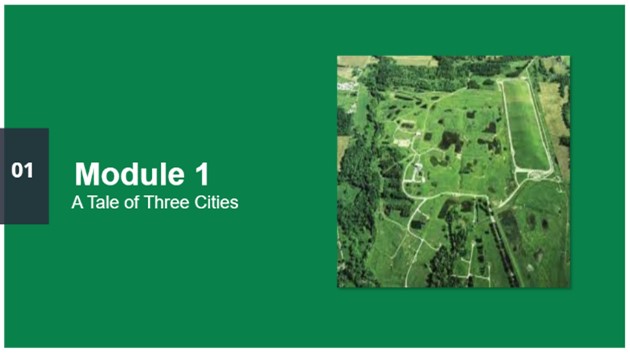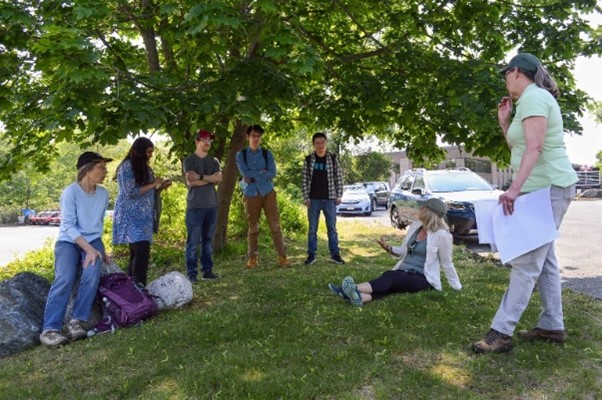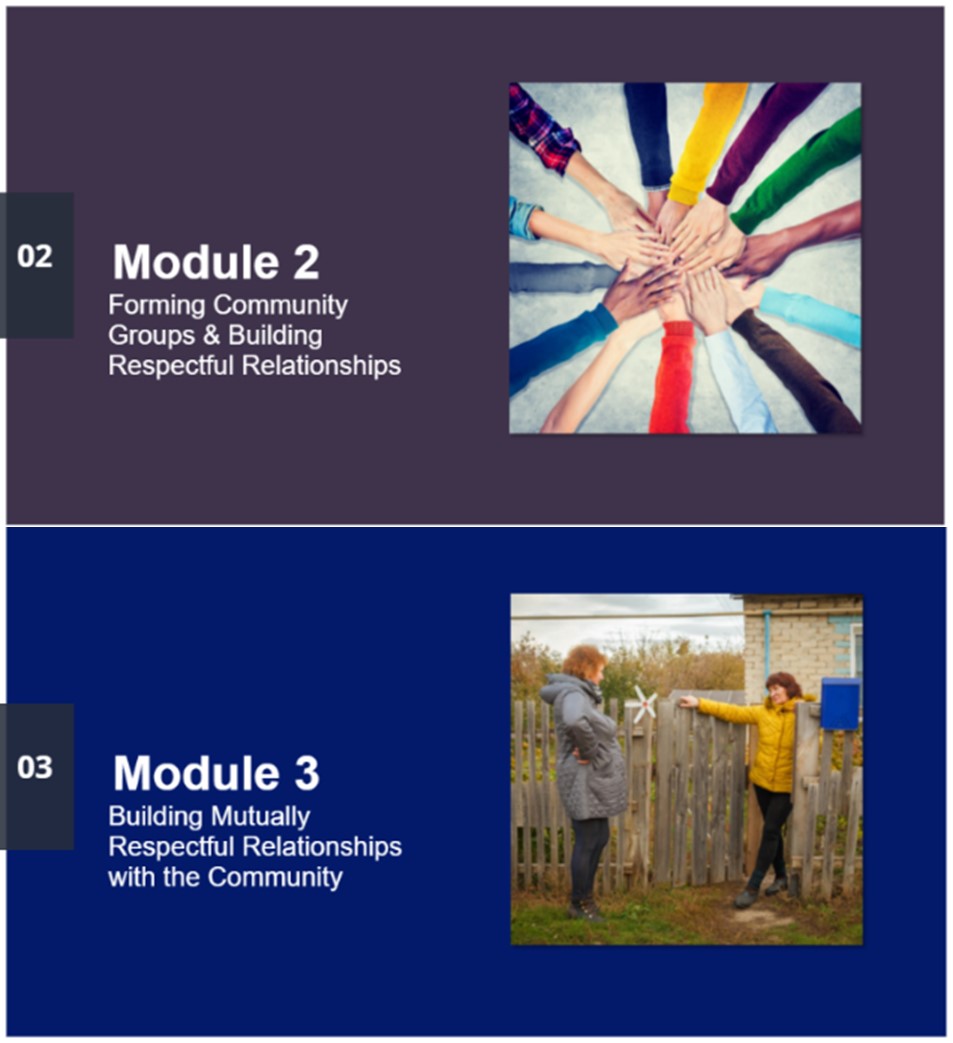Superfund Research Program
June 2023
By Maggie Wiener
NIEHS-funded researchers recently developed a new online course to aid concerned residents and other community members through the process of cleaning up environmental contamination. The "Lessons Learned Along the Road to Environmental Cleanup” course includes educational and interactive modules, short videos, and questions for reflection to help guide participants to identify and address chemical exposures in their homes, neighborhoods, and local communities.
“Sharing words of advice from community members who have learned by their own experience of dealing with chemical exposures promotes greater trust, and personal stories can be more memorable for learning what to do and what not do to,” said Kathy Vandiver, Ph.D., who leads the Community Engagement Core at the Massachusetts Institute of Technology (MIT) Superfund Research Program (SRP) Center.
“This tool is unique because it supports not only community members, but provides useful information for all individuals who are involved in cleanups, including government officials, workers on the job, and company representatives,” Vandiver continued.
The MIT SRP Center developed the online resource in partnership with the Environmental Health Sciences Core Centers at the University of Cincinnati and the University of Pennsylvania.
Historical Environmental Contamination


In the first module, participants learn about three communities that identified and addressed contamination with asbestos, chemicals, and radioactive release: Wilmington, Massachusetts; Fernald, Ohio; and Ambler, Pennsylvania.
Wilmington, where the MIT SRP Center conducts most of its research, was home to a company that produced chemicals for plastic and rubber production, and ultimately contaminated a nearby aquifer with several toxic chemicals including N-Nitrosodimethylamine (NDMA) and ammonia. Later, several cases of cancer were reported in children, and in a 2021 study, researchers linked NDMA exposure during pregnancy with childhood cancer.
“Wilmington residents asked MIT to document their community’s struggles to help others understand what can go wrong, and what an environmental cleanup will entail,” noted Vandiver. “They wanted to help others, keeping them from having to experience what Wilmington had experienced.”
While Fernald and Ambler had existing video footage of their histories to be used in the tool, Wilmington did not have archived footage. To collect information and set up interviews with the community and stakeholders involved, Vandiver reached out to the Massachusetts Department of Environmental Protection, town officials, and other community partners.
“Our first task was to produce video interviews to share the history and stories of people involved in the Olin Superfund site story,” Vandiver discussed. “Wilmington community members were stalwart during this process and worked continuously to find documents and videotape recordings of town meetings.”
Lessons Learned from Interactive Modules

In addition to interviews featuring community organizers and collaborators, the second and third modules include an interactive component where viewers click on responses for what they would do in various scenarios, taking them through a decision tree process.
The second module provides advice for residents in the process of creating a community-led organization. Some of the lessons learned from this module include:
- Channel anger and frustration into positive action.
- Include all stakeholders regardless of race, gender, economic status, or perspective.
- Contact and connect with national organizations and similar groups at other sites.
- Obtain guidance from academic and technical professionals.
The third and final module guides government agencies and industry representatives on how to build mutually respectful relationships with communities. The module highlights topics such as the importance of involving the community and stakeholders in the process of developing a cleanup program and how to launch a comprehensive communication program.
The team will continue to build awareness around the tool so that more people use it and contribute their comments. Comments and responses from those who use the tool can be shared to provide help for others on the road to resolving similar problems.


